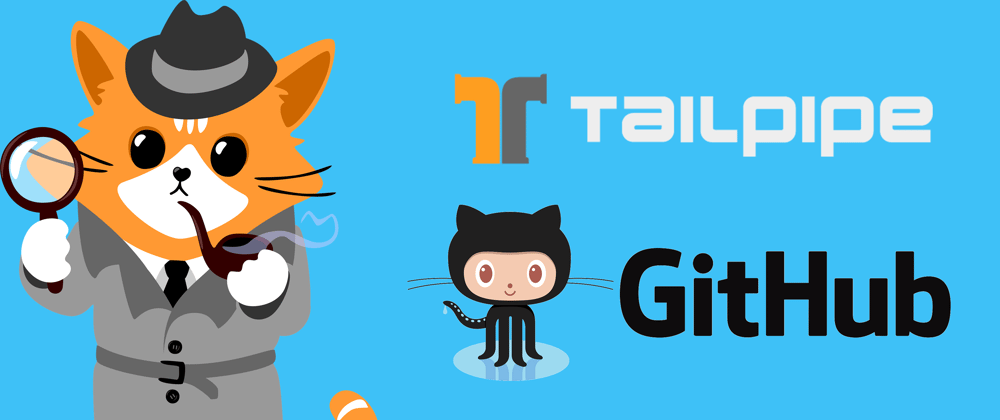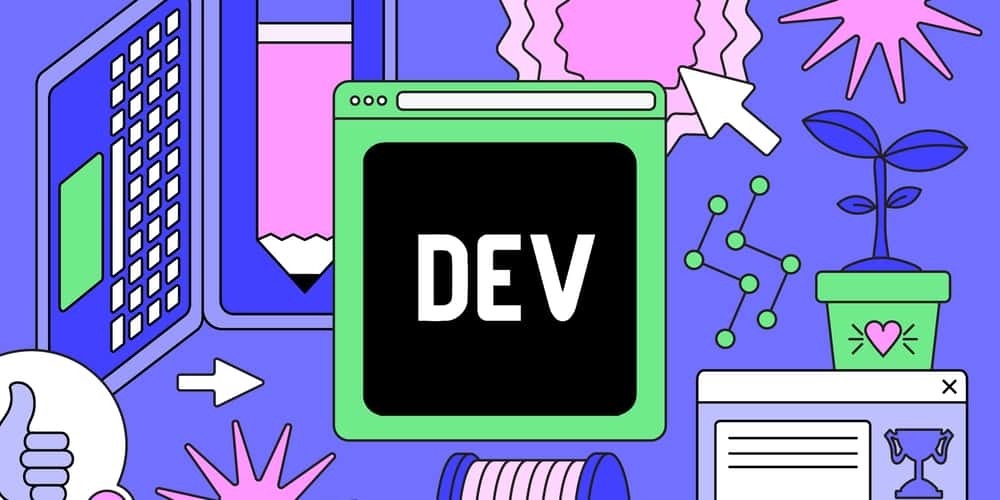Matty Stratton articles - 16 total
From Bureaucracy to Brilliance: How DevOps Culture Can Transform Cloud Governance
Bridge the gap between CloudGovernance.org's 5 Pillars and DevOps culture using the CALMS framework and Westrum organizational model.
Check if you are breaking your admin rules in your GitHub repos
Use Tailpipe (a lightweight, open source tool) to analyze GitHug audit logs using familiar SQL syntax to identify overrides to branch protection rules
Verifying identity
https://keyoxide.org/6529B08F20194D84FFAC7C5850F46247289D3110 (please feel free to ignore this!)
Hosting a Participant-First Conference in the Age of Corona - How To Do It
Sept 1, 2020 was the 7th annual DevOpsDays Chicago conference. It was also the first time we did it virtually. It was super well-received, and a lot of folks have been asking me for details on our implementation.
Keep a brag book
We tend to focus on the negative, and rarely recall the positive things we have accomplished, or the impact we have on others. Here's my tip for helping to overcome this.
My Brewfile
Did you know that Homebrew can install more than just packages? Here's a guided tour through my Brewfile to see how I set up applications and more on my MacBook.
The Corey Quinn Live-Tweet Roast of Matt Stratton's DevOpsDays NYC talk
Infamous cloud influencer Corey Quinn live-tweets Matt Stratton's talk from DevOpsDays NYC 2020, in a good-natured "roast" format.
The Monorepo Song
Because a dev with root access is like a mule with a spinning wheel
Hot Takes, Myths, And Falsehoods - Why Everyone Is Wrong About DevOps (Except For Me)
Don't believe everything you read on the internet when it comes to DevOps. A lot of people think they know what they are talking about, but they really don't. I, on the other hand, know exactly what I'm talking about.
Don’t Fear the CFP
Deciding to submit a talk for consideration at an event can be a troubling thing — what if my idea isn’t good enough? Do I think big enough thoughts to share a stage with Thought Leaders? Why would anyone care what I have to?
Configuring Chef Automate to Trigger PagerDuty Alerts
Wouldn’t it be great if we could generate an incident when our systems fell out of compliance? By combining Chef Automate and PagerDuty, through simple webhooks, we can absolutely do this.
Matt’s Favorite Visual Studio Code Extensions
Back in October, I decided I was going to “force” myself to use Visual Studio Code as my only edito...
From Cooking Up Delight To The Gospel of Incident Resolution
I just remembered that it’s compulsory to write a blog post when you change jobs. This is mine. If yo...
Shifting Left Securely With inSpec
Traditionally, we attempt to ensure stability by reducing the vectors that can make changes to a system. In practice, that means "deployments are executed by trusted individuals with admin access". The trouble with this approach is, people make mistakes. Even admins. And not everyone can understand the implications of every script, command, or function they are asked to execute.
The Five Love Languages of DevOps
When we are working to bring about cultural change in our organization, it’s essential for us to understand that not everyone speaks the same “language of DevOps as we do.
On trying new things
It’s quite easy to become creatures of habit, especially with our tools.

















